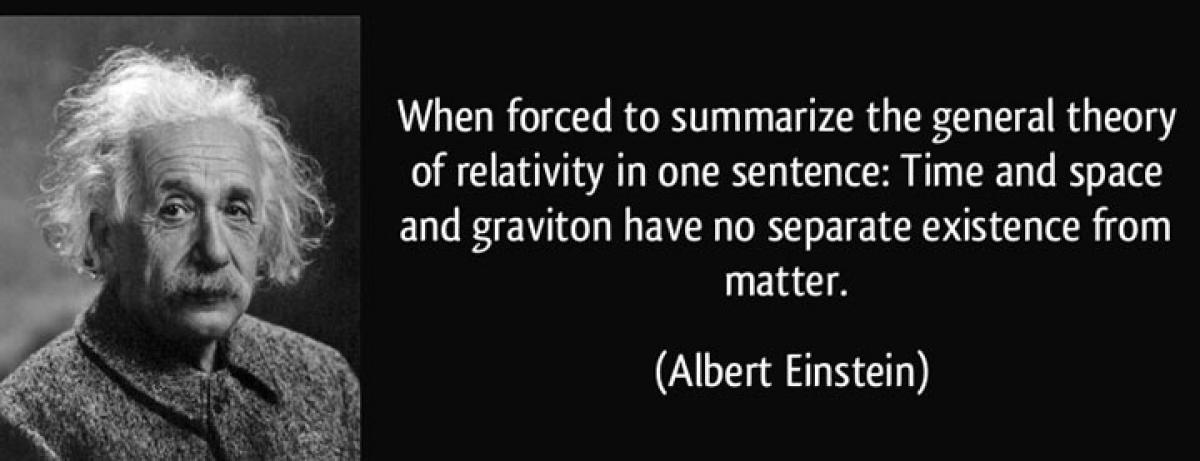Playing devil’s advocate on the discovery of gravitational waves

This was probably the verification of the most dramatic prediction of Albert Einstein\'s General Theory of Relativity. Accordingly, we ought to have a critical look at the relevant experiment before we finally incorporate this great achievement into the body of scientific knowledge.
On September 14, 2015, the LIGO (Laser Interferometer Gravitational-Wave Observatory) observed a "chirp" lasting about a fifth of a second (GW150914). Analyses of the signal suggest that it was produced by the cataclysmic collision of two black holes a billion light years away.
This was probably the verification of the most dramatic prediction of Albert Einstein's General Theory of Relativity. Accordingly, we ought to have a critical look at the relevant experiment before we finally incorporate this great achievement into the body of scientific knowledge.
The LIGO experiment consists of two identical stations, one at Hanford, Washington, and the other at Livingstone, Louisiana, some 3,000 km apart. Each station consists of a system of optical, electronic, mechanical, and hydraulic components, and each has three optically polished surfaces across which the light signal must pass.
The mirrors in each LIGO interferometer are set four km apart. The expected change in length of the arms of the interferometer induced by the gravitational waves is around one ten-millionth of the diameter of a single atom.
Note, the best precision mirror surfaces have smoothness of about 25 nanometres - a nanometre is a millionth of a millimetre. That is incredibly fine tolerance, but even this pales when compared with what LIGO claims to measure.
Put another way, the most precisely polished astrophysical mirrors like those used in LIGO, can have peaks 25 nm above and below the theoretical surface plane of the mirror, meaning that some parts of the mirror can be 50 nm further from or closer to the point of observation.
And 50 nm is a billion times bigger than the distortions induced by the expected gravitational waves. Because of this, it is practically impossible to measure the distance between the two mirrors in each interferometer to the required tolerances.
They have had to take an average, which is no more than a guessed approximation. The likelihood that LIGO did indeed detect a signal from GW150914 is remote, simply because it exceeds the limits of technological precision, more so than any other discovery in human history.
There is also something which appears to be too fortuitous about GW150914, as noted by the distinguished Indian astrophysicist Dr. Abhas Mitra: Given that the radius of Earth is 6,370 km, we can calculate the linear distance between the LIGO detectors at Livingstone and Hanford at around 2,500 Km.
Because this distance is absolutely negligible compared with the distance to the origin of GW150914 (1.3 billion light years), both detectors should see the event almost simultaneously. There should be a delay of a few microseconds at most if both detectors received the signal from the sky above.
However, the actual delay of seven milliseconds was very much larger, and is possible only if the source was almost perfectly aligned with a straight line joining Livingstone and Hanford. Furthermore, while moving from Livingstone to Hanford, the signal must have travelled through Earth's crust. And this sounds like some sort of cosmic conspiracy.
Dr Bibhas De, a radio astronomer of some 40 years' experience and a PhD in applied physics from the University of California-San Diego, noted that there seems to be some minor anomaly between the amplitudes (strengths) of the two signals recorded by the two LIGO detectors.
He admits that this could be ascribed to the instrumental differences between the detectors. If so, we should simply be able to normalize them to ensure that the two signals match exactly with one another. And the Physical Review Letters paper publishing this result needs to explain this apparent anomaly.
In the event that normalisation cannot be effected, there is some chance that the extremely sensitive LIGO detectors picked up a fake signal despite the best efforts of the LIGO team to filter them out.
There is undeniably some possibility, however slight, that the well-studied effect of geo-magnetically induced currents in long metal structures might have triggered both the LIGO detectors.
These currents in the Earth's magnetic field would create stresses in LIGO's lengthy vacuum tubes. These stresses, though extremely small in most cases, may nevertheless be non-negligible for LIGO in view of the extraordinary sensitivity of the instrument.
Furthermore, the time-scale and the form of the signal seem to be suspiciously well-matched to geomagnetic interference. In addition, it is significant that the Lebedov Institute, Moscow, recorded September 14, 2015, as a day of geomagnetic storms: These disturbances originate in the ionosphere, thus they would consequently affect both detectors. We cannot be certain such effects were filtered out.
Finally, these points are raised not to take away due credit from the monumental effort by the LIGO team, but rather to emphasise, with a phrase made popular by Carl Sagan, that "extraordinary claims require extraordinary evidence''. (The writer is a South African-born physicist, who is part of the trio that discovered CNO nuclear fusion on the surface of the Sun)














